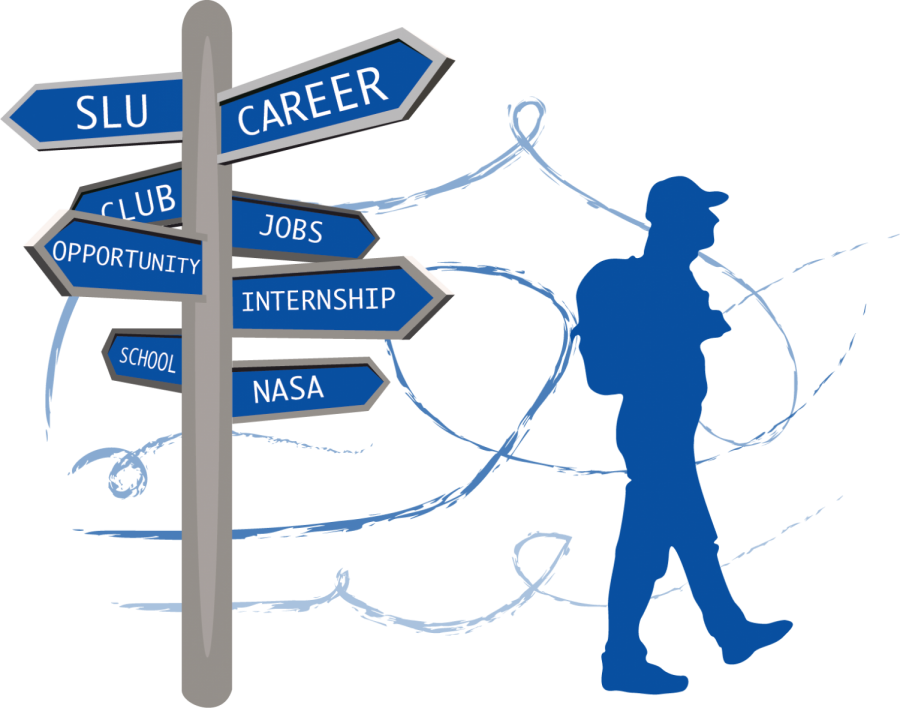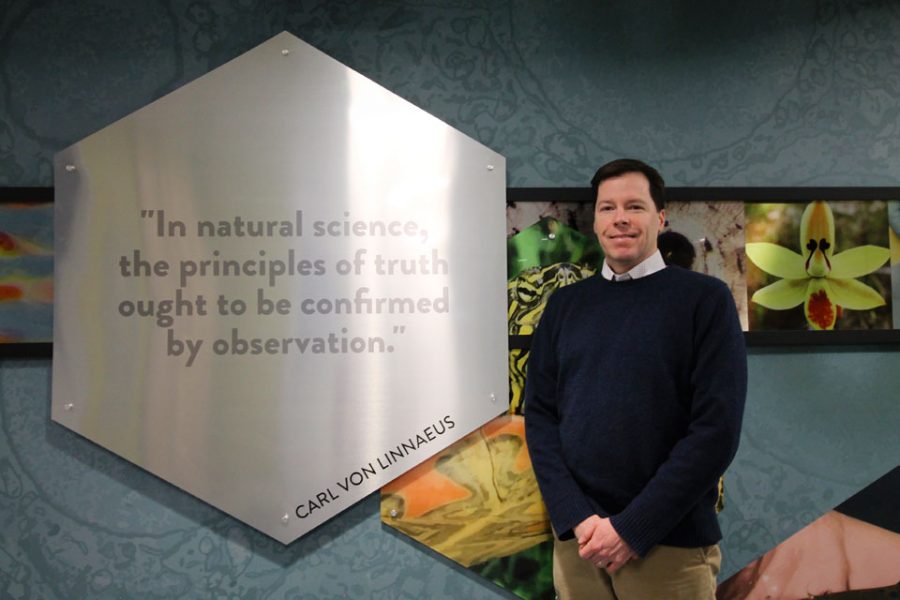Grocery stores aren’t all created equal. That fact is pretty obvious to anyone that has been to more than one Schnucks. The ambiance found at Whole Foods is quite different from Aldi.
However, most grocery stores are designed in similar fashions. The Food Marketing Institute found that in 2010, the average American visited the supermarket 2.2 times a week and spent $26 on average. With that much traffic, it is no surprise that there is a psychology behind the planning of all grocery stores.
Location, location, location is no longer just a catch phrase of the real estate business. While a typical shopping trip only covers 25 percent of the actual store, where things are placed in the supermarket has a significant effect on how we shop and what we buy.
- Milk is always found in the back of the store. Americans have a love affair with dairy, so by putting this hot ticket item far from the entrance requires the customer to pass through most of the store, passing sales and stimuli to tempt the customer to impulsively purchase something unintended.
- Impulse purchases are piled in the front of the store by the checkout. We are far more likely to toss in a 75-cent bag of Skittles or a three dollar magazine when we’re waiting in line than we are if we pass it in an aisle.
- Entrance location even affects our flow of shopping. Right-hand side entries lend themselves to counter-clockwise traffic movement which returns an average of $2 more per trip than the left-hand, clockwise moving entrances. And produce is always located right near the entrance. It forces customers into a relaxed, inviting atmosphere creating a more pleasant shopping experience. Bakeries tend to be in these areas too, luring customers with the sweet smell of pastries.
Whole Foods really beefs up their front entrance, using bright colors outside, while also using black produce boxes to make their products pop out more than competitor’s white and gray boxes.
Contrary to popular belief, people don’t move up and down the aisles. The movement patterns of customers travel in select aisles and very rarely follow a systematic back and forth pattern. The perimeter is where most people spend their time; hence popular items are placed on the outskirts of the store. Even long shopping trips are jabbed with only short movements in and out of the aisle. Planners of the store play to this strength by placing products in specific locations.
- Key products are placed at the end of aisles as endcap displays. These items typically have the greatest profit margin or have been paid a premium. Products in the center of the aisle receive less face time.
- Leading brands and store-label brands are also placed in popular places whereas specific categories are places in lower traffic areas since customers are willing to search for them.
- Products placed at eye level are the most seen and ultimately the most purchased. Grocers place low market foods, such as Ramen Noodles, at the bottom of the shelf while putting the more expensive foods in the middle. In fact, some companies will pay more just to have their item in the middle of the shelf.
- Emotional items, such as baby food, are dissociated from the main parts of the grocery store, allowing customers to linger and mull over their purchase. Same goes for long buy-time items, such as condiments and soups. The long time stems from confusion and indecisiveness, but by placing these items in less crowded areas allows the shopper to relax and take their time.
Keeping things in our sight helps increase sales, but attracting our eyes is also the key to selling more.
- The color of a product can trigger different effects in the human brain. Red, the most recognizable color in the spectrum, grabs our attention. Green sparks the idea that it is healthy and fresh. Blue symbolizes loyalty. And hunger is triggered by the colors yellow and gold.
- Unique shapes and containers make customers believe that the product is superior in quality. While it may not be true, a round jar in shelf full of square boxes will catch our eye immediately. Just because it is innovative does not mean it is better, and one needs to refer to the ingredient list to determine quality.
- Besides the many utterings of “excuse me,” the sounds in the store are used to create a specific mood. Mellow music makes us feel relaxed and classic hits cause us to bob our heads and enjoy our time in the store.
Additionally, many of our journeys to the grocery store are habitual. We don’t like to think about what we purchase. Similar brands are chosen each week, so the process of converting people requires the creation of some sort of dissonance in our mind. While supermarkets don’t force us to buy anything, the layout pushes us into purchasing certain items subconsciously.
We all know that $2.99 is basically $3.00 but it visually looks like less to us, justifying our purchase. The same principle applies to the supermarket—we know the tricks, but can’t help but fall for them. Entering the store with a strict list will aid in helping to fall for these tricks. And staying clear of the store when you’re hungry will also limit impulsive purchases.






